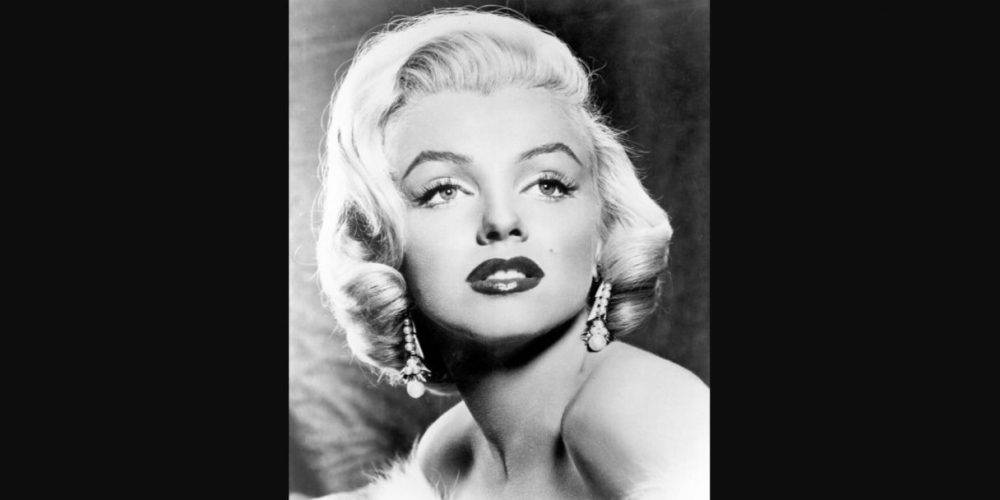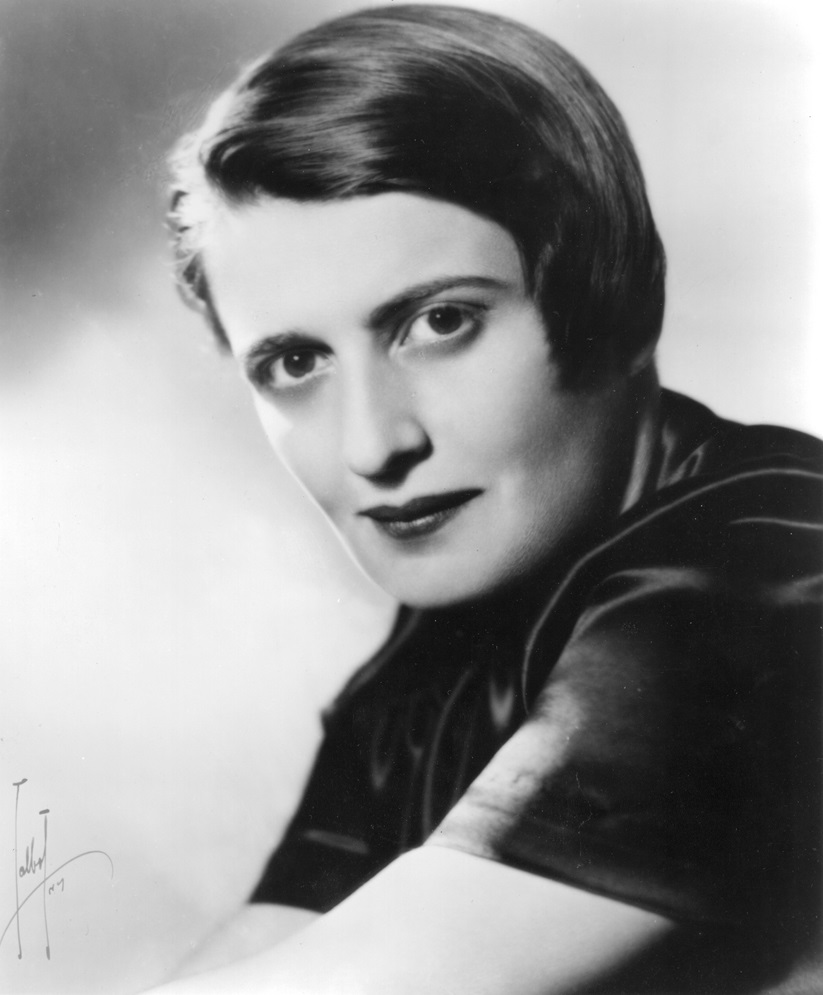Hating on billionaires. Bullying the student with the best grades in the class. Mocking the coworker who earned a promotion.
What do these things have in common? Arguably, they are all driven in part by envy. But Ayn Rand identified in the culture a deeper and uglier phenomenon (of which envy is only a part): she called it hatred of the good for being the good.
In Rand’s own words:
This hatred is not resentment against some prescribed view of the good with which one does not agree. . . . Hatred of the good for being the good means hatred of that which one regards as good by one’s own (conscious or subconscious) judgment. It means hatred of a person for possessing a value or virtue one regards as desirable.[efn_note]Ayn Rand, “The Age of Envy,” in Return of the Primitive: The Anti-Industrial Revolution (New York: Meridian, 1999).[/efn_note]
This phenomenon is all around us — and it has pervasive and very real consequences in our lives.
Ayn Rand eloquently concretized one of those consequences in 1962 in an opinion column for the Los Angeles Times, titled “Through Your Most Grievous Fault,” published two weeks after the death of Marilyn Monroe.
Embed from Getty ImagesIn it, Rand laments the death of the movie star and discusses the underlying philosophical causes that contributed to her suicide: In Rand’s analysis, Monroe was a victim of a sickening atmosphere of hatred of the good for being the good.
Marilyn Monroe was resented by many — not because of her flaws, but because of her beauty, her talent, her embodiment of joy in living. She offered the world all these values and more, only to be answered by insults and mockery in many cases. She was put down and ridiculed for her best, not her worst.
To see Rand’s perspective on Marilyn Monroe’s life and tragic death, read “Through Your Most Grievous Fault” here.
Join the conversation. Follow us on Facebook and Twitter.
[print-me pause_before_print=”3000″] Readers seeking a superior print result may wish to download the free Just Read app.






